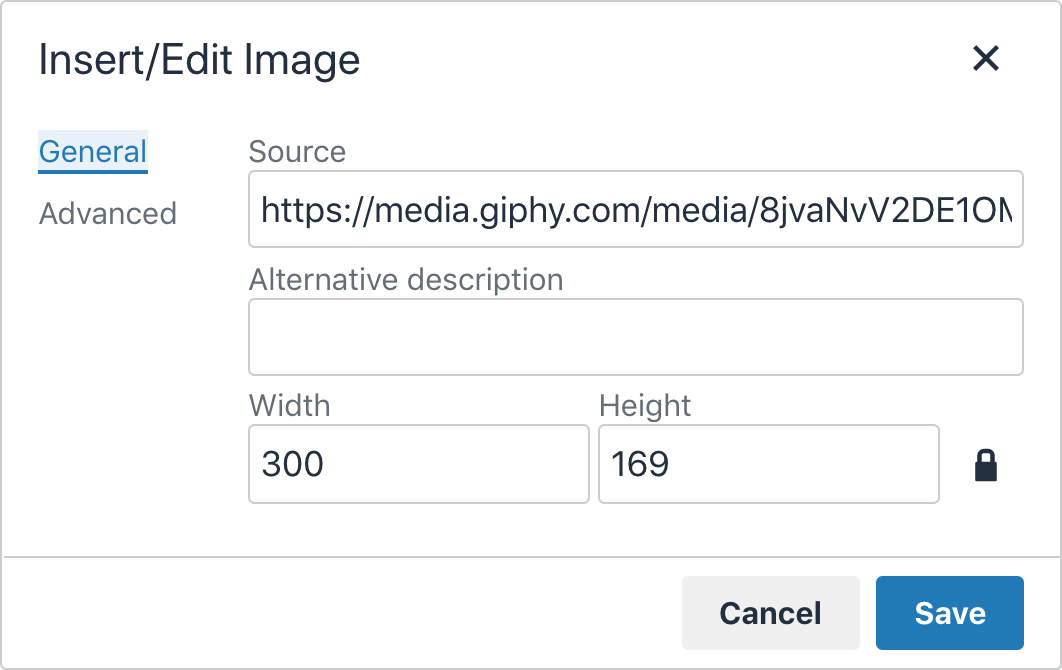

In contrast also, ICI Mond Division's Works Records System, the first known shared public spreadsheet used the 3270 successfully for what was, in effect, a high powered version of today's spreadsheets with additional functions. And for many years the PROFS calendar was the most commonly displayed screen on office terminals around the world.
TINYTERM CAPTURE FILE SOFTWARE
In contrast, IBM's OfficeVision office productivity software enjoyed great success with 3270 interaction because of its design understanding. (But end-user responsiveness was arguably more predictable with 3270, something users appreciated.) For the same reason, a porting of Lotus 1-2-3 to mainframes with 3279 screens did not meet success because its programmers were not able to properly adapt the spreadsheet's user interface to a "screen at a time" rather than "character at a time" device. On the other hand, vi-like behaviour was not possible. In this way, the CPU is not interrupted at every keystroke, a scheme which allowed an early 3033 mainframe with only 16 MB to support up to 17,500 3270 terminals under CICS. Application program functions such as termination, page-up, page-down, or help can be invoked by a single key press, thereby reducing the load on very busy processors.
TINYTERM CAPTURE FILE CODE
When one of these keys is pressed, it will cause its "control unit" (historically, usually, an IBM 3274 or 3174, but nowadays the onboard mainframe equivalent) to generate an I/O interrupt and present a special code identifying which key was pressed. Later 3270s had twelve, and later twenty-four, special programmed function keys, or PF keys, and three PA (or "program attention") keys placed in one or two rows at the top of the keyboard.

This was mainly used for debugging purposes to preserve the application program screen contents while replacing it, temporarily, with debugging information. There was also a "read buffer" capability which transferred the entire content of the 3270-screen buffer including field attributes. Some users familiar with character interrupt-driven terminal interfaces (such as Microsoft Windows) find this technique unusual. An attribute occupied a physical location on the screen which also determined the beginning and end of a "field" (separately addressable sub section of the screen).įurther, using a technique known as "read modified," the changes from any number of formatted fields that have been modified can be read as a single input without transferring any other data, another technique to enhance the terminal throughput of the CPU. The concept of "formatting" in these devices allows the screen to be divided into clusters of contiguous character cells for which numerous "attributes" (colour, highlighting, character set, protection from modification) can be set. In a datastream, both text and control (or formatting functions) are interspersed allowing an entire screen to be "painted" as a single output operation. Today, many sites such as call centers still find the "green screen" 3270 interface to be more productive and efficient than spending resources to replace them with more modern systems. Use of 3270 is slowly diminishing over time as more and more mainframe applications acquire Web interfaces, but some web applications use the technique of "screen scraping" to capture old screens and transfer the data to modern front-ends. Accordingly, such applications are sometimes referred to as green screen applications. IBM stopped manufacturing terminals many years ago, but the IBM 3270 protocol is still commonly used via terminal emulation to access some mainframe-based applications.

TINYTERM CAPTURE FILE SERIAL
Unlike common serial ASCII terminals, the 3270 minimizes the number of I/O interrupts required by accepting large blocks of data known as datastreams, and uses a high speed proprietary communications interface, using coax cable. Due to the text color on the original models, these terminals are informally known as green screen terminals. As such, it was the successor to the IBM 2260 display terminal. The IBM 3270 is a class of terminals made by IBM since 1972 (known as "display devices") normally used to communicate with IBM mainframes.


 0 kommentar(er)
0 kommentar(er)
